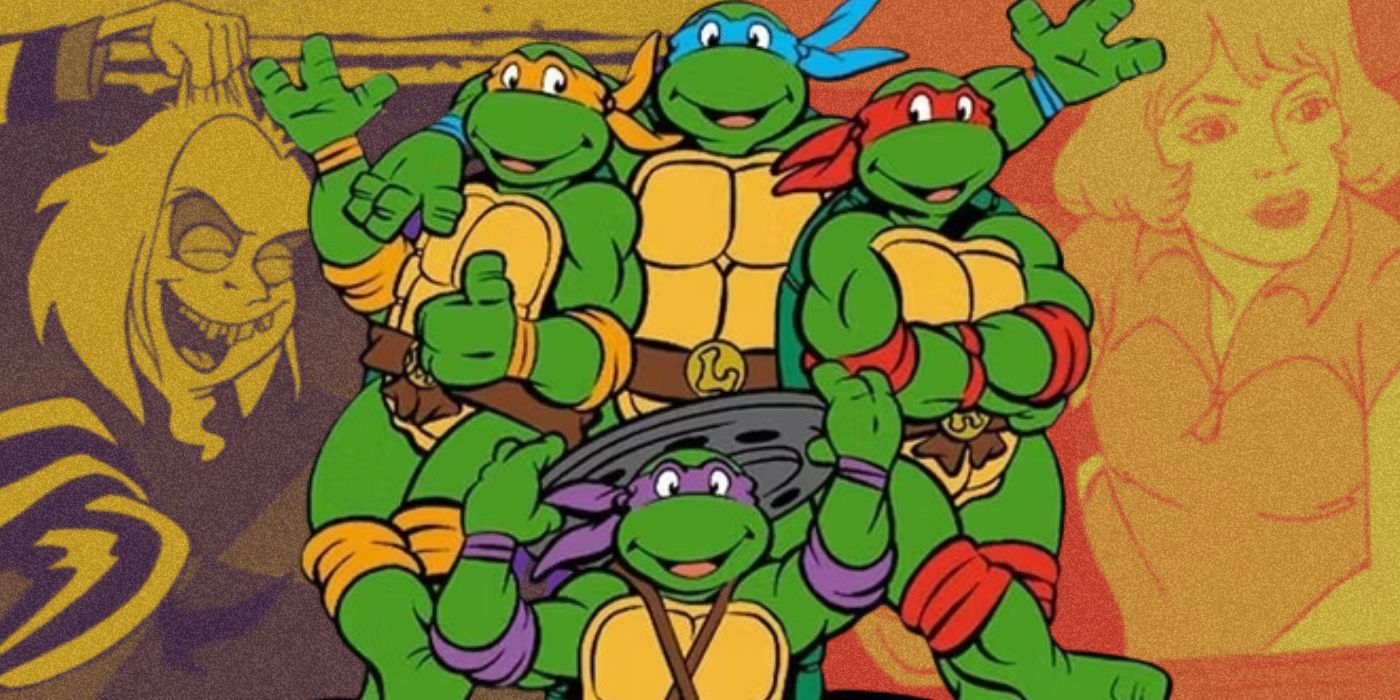Since the 1950s, the Saturday morning time slot has been considered prime airing hours for kid-friendly television programming. While most of that particular decade’s most successful kids’ programming consisted of black-and-white action series and variety shows, the ’60s saw the rise of Saturday morning cartoons as a staple of both North American television scheduling and pop culture as a whole. However, not all Saturday morning cartoons became popular.While Saturday morning cartoons and overtly focused blocks of weekend programming have largely fallen by the wayside in more recent years, their presence was still unquestionably pervasive for more than five decades. With the sheer number of Saturday morning cartoons that were created during that time, it isn’t surprising to find that many of them were adaptations of preexisting properties that already had expansive fan bases of their own to look toward as an audience. Unfortunately, not all of them were necessarily successful in that regard, especially those whose fans were far from any given network’s target audience.This resulted in 1975’s Return to the Planet of the Apes, which ignored much if not all of what came before it. Though the trappings of Return to the Planet of the Apes were largely what fans had come to expect of the franchise, it featured what was then an unusually advanced version of its eponymous primates. This was a far cry from the relatively simplistic technology utilized by the franchise’s often antagonistic apes, affording it the opportunity to offer viewers what were ultimately more complex if cartoonish storylines. As a whole, Return to the Planet of the Apes still holds up better than most Saturday morning cartoon adaptations, even without ever getting the proper three-episode finale that its creators had planned.
Since the 1950s, the Saturday morning time slot has been considered prime airing hours for kid-friendly television programming. While most of that particular decade’s most successful kids’ programming consisted of black-and-white action series and variety shows, the ’60s saw the rise of Saturday morning cartoons as a staple of both North American television scheduling and pop culture as a whole. However, not all Saturday morning cartoons became popular.
While Saturday morning cartoons and overtly focused blocks of weekend programming have largely fallen by the wayside in more recent years, their presence was still unquestionably pervasive for more than five decades. With the sheer number of Saturday morning cartoons that were created during that time, it isn’t surprising to find that many of them were adaptations of preexisting properties that already had expansive fan bases of their own to look toward as an audience. Unfortunately, not all of them were necessarily successful in that regard, especially those whose fans were far from any given network’s target audience.
This resulted in 1975’s Return to the Planet of the Apes, which ignored much if not all of what came before it. Though the trappings of Return to the Planet of the Apes were largely what fans had come to expect of the franchise, it featured what was then an unusually advanced version of its eponymous primates. This was a far cry from the relatively simplistic technology utilized by the franchise’s often antagonistic apes, affording it the opportunity to offer viewers what were ultimately more complex if cartoonish storylines. As a whole, Return to the Planet of the Apes still holds up better than most Saturday morning cartoon adaptations, even without ever getting the proper three-episode finale that its creators had planned.
#Unexpected #Series #Saturday #Morning #Cartoon #Treatment
Note:- (Not all news on the site expresses the point of view of the site, but we transmit this news automatically and translate it through programmatic technology on the site and not from a human editor. The content is auto-generated from a syndicated feed.))


